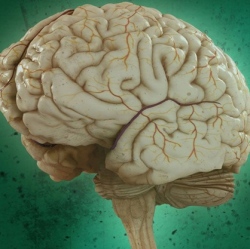
To mark a brain cell, they inject a solution that contains three viral vectors (delivery of genes by a virus) to create a fluorescent protein in each cell. Each cell then takes on a unique combination of the three colors (red, green and blue), acquiring a characteristic watermark. This approach allows researchers to color-code cells that would otherwise not be visible and distinguishable from each other.
Once the cell has been marked, the mark integrates into the DNA of the cell and will be expressed forever in that cell, as well as in any daughter cells. According to Diego Gomez-Nicola, a Career Track Lecturer and MRC NIRG Fellow in the Centre for Biological Sciences at the University of Southampton, who led the multicolor RGB tracking research, “with this technique, we have proved the effective spatial and temporal tracking of neural cells, as well as the analysis of cell progeny.
We predict that the use of multicolor RGB tracking will have an impact on how neuroscientists around the world design their experiments. It will allow them to answer questions they were unable to tackle before and contribute to the progress of understanding how our brain works.”
The researchers’ next step is to change the physiology or identity of certain cells by driving multiple genetic modification of genes of interest with the RGB vectors. In the same way they made cells express fluorescent proteins, researchers hope they can change the cell expression of specific genes of interest, which would serve as a basis for gene-therapy-based therapeutic approaches.
